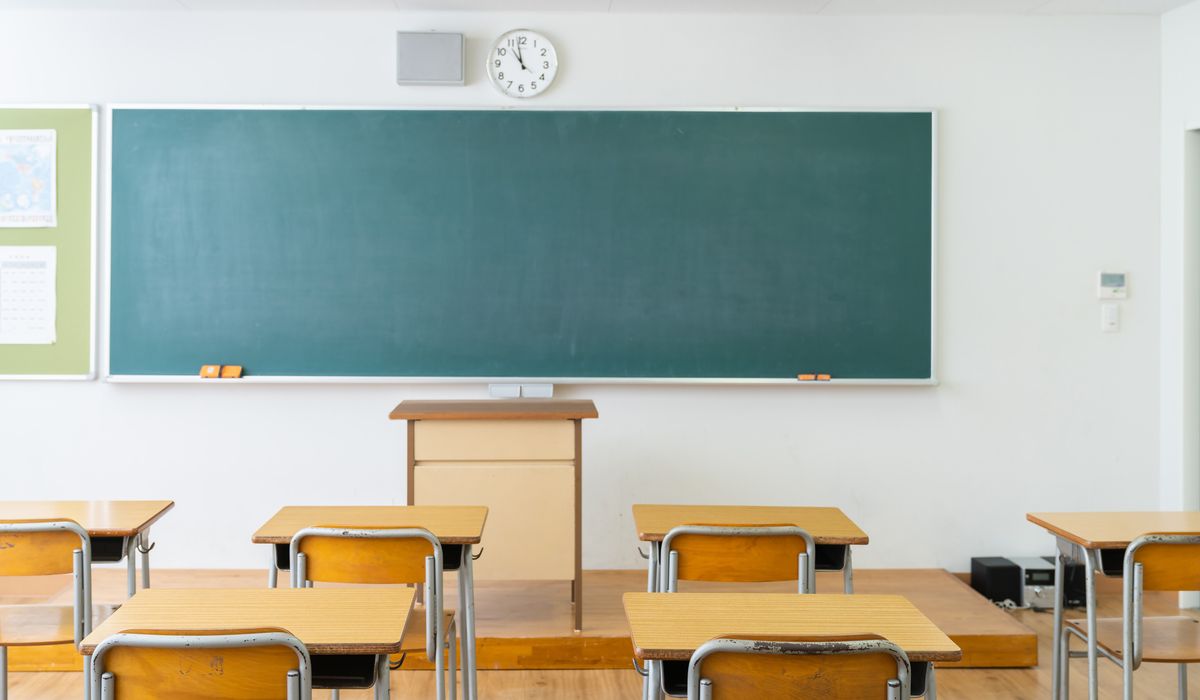


Students enrolled in the D.C. Public Schools made modest testing gains last year but continued to perform at below-average levels.
In an annual report published Tuesday, the nonpartisan D.C. Policy Center found that 34% of DCPS students in 2023-24 met or exceeded English language arts expectations, up less than 1% from the previous year but 3% lower than prepandemic levels.
The center’s analysis of public data found an additional 23% of DCPS students met or exceeded math expectations, a 1% improvement from 2022-23 but 8% lower than before the pandemic.
The report didn’t explain the gains but noted that enrollment, truancy numbers, teacher retention and high school graduation rates were also slightly better last year.
“School year 2023-24 showed strong signals of system health but modest progress in outcomes at a time when there is an urgent demand for large improvements to get D.C.’s students back on track to prepandemic levels and beyond to prepare them for their futures,” wrote Chelsea Coffin and Hannah Mason, the report’s co-authors.
Despite most DCPS students failing basic math and reading requirements for decades, the city spends more money on education than most U.S. school districts.
As of last October, the report said local education agencies spent $506.5 million out of the $540.5 million the District of Columbia received in pandemic relief funds, including $333.3 million dedicated to “accelerating learning.”
On Tuesday, Mayor Muriel Bowser said D.C. would hike education spending by 2.74% to $15,070 per student as enrollment surges to an expected 101,000 students next year.
Her office credited the improving test scores and an 81% increase in teacher retention to funding for public schools doubling from $1.4 billion to $2.8 billion over the past 10 years.
“The improvements in academic achievement and the gains that we’ve been able to make in our schools didn’t happen by accident,” said Ms. Bowser, a Democrat. “They happened because our residents have invested in a strong and robust public education system.”
Driven by strong immigration numbers, D.C. schools have likewise bucked a national trend of declining enrollment in recent years.
The D.C. Policy Center noted that the city’s public schools enrolled 90,608 students from prekindergarten through grade 12 in 2023-24, an improvement of 2,080, or 2%, from the previous year.
Nationally, total public school enrollment dropped by 0.2% over the same period.
Explanations vary for why D.C. test scores improved slightly last year.
The latest results from the National Assessment of Educational Progress, a federal exam administered in every state, show D.C. students were four points below the large-city average in eighth-grade math proficiency in 2024 and right at the average in fourth-grade reading. They remained below the national average in both subjects.
In 2003, the NAEP found the average D.C. student scored 19 points below the large city average in eighth-grade math and 16 points below it in fourth-grade reading.
Nationwide, the NAEP found 31% of fourth-graders and 30% of eighth-graders nationally were reading proficiently in 2024. That’s down 2 percentage points and 1 percentage point from the last exam in 2022, respectively, and a 10-point drop from 2019.
In a press release, Ms. Bowser’s office credited nearly $40 million spent on ”high-impact tutoring for thousands of D.C. students over the past four years” for helping the city buck national trends.
But Marlon Ray, a former DCPS director of strategy and logistics who has criticized the mayor’s education policy, said it’s impossible to say why scores improved.
“We waste a lot of money,” Mr. Ray, who lost his job in a 2021 downsizing and sued the city for wrongful termination, told The Washington Times. “If we’re saying high-stakes tutoring is the solution, which I doubt, why didn’t we do it in 2019? I don’t believe the mayor when she says these things.”
Others chalked up recent academic progress to D.C.’s diverse teacher workforce.
A Feb. 11 report from the National Council on Teacher Quality lauded that workforce as “among the most diverse in the country,” with 70% of its teachers coming from “historically disadvantaged racial groups” compared with 35% of the city’s college-educated adults.
“D.C.’s rightful focus on attracting and retaining teachers of color is yielding positive outcomes, especially for elementary students, and other states and cities are likely to learn from D.C. about strategies to attract and retain an effective and diverse teacher workforce,” Heather Peske, the council’s president, said in an email.
The teachers’ advocacy group emphasized research showing that Black students who had at least one Black elementary school teacher were nearly 40% less likely to drop out of high school than those who never had a Black teacher between third and fifth grades.
According to conservatives, there could be other reasons most D.C. students underperform the national averages in English and math.
Rebecca Friedrichs, president of the conservative parental rights group For Kids and Country, blamed D.C.’s poor English scores on the broader disappearance of phonics instruction from public schools nationwide.
“Most of America’s schools are using educational quackery to ‘teach’ reading and math, so students are failing because they’re not being taught properly how to read and compute,” Ms. Friedrichs said in an email.
For more information, visit The Washington Times COVID-19 resource page.
• Sean Salai can be reached at ssalai@washingtontimes.com.
